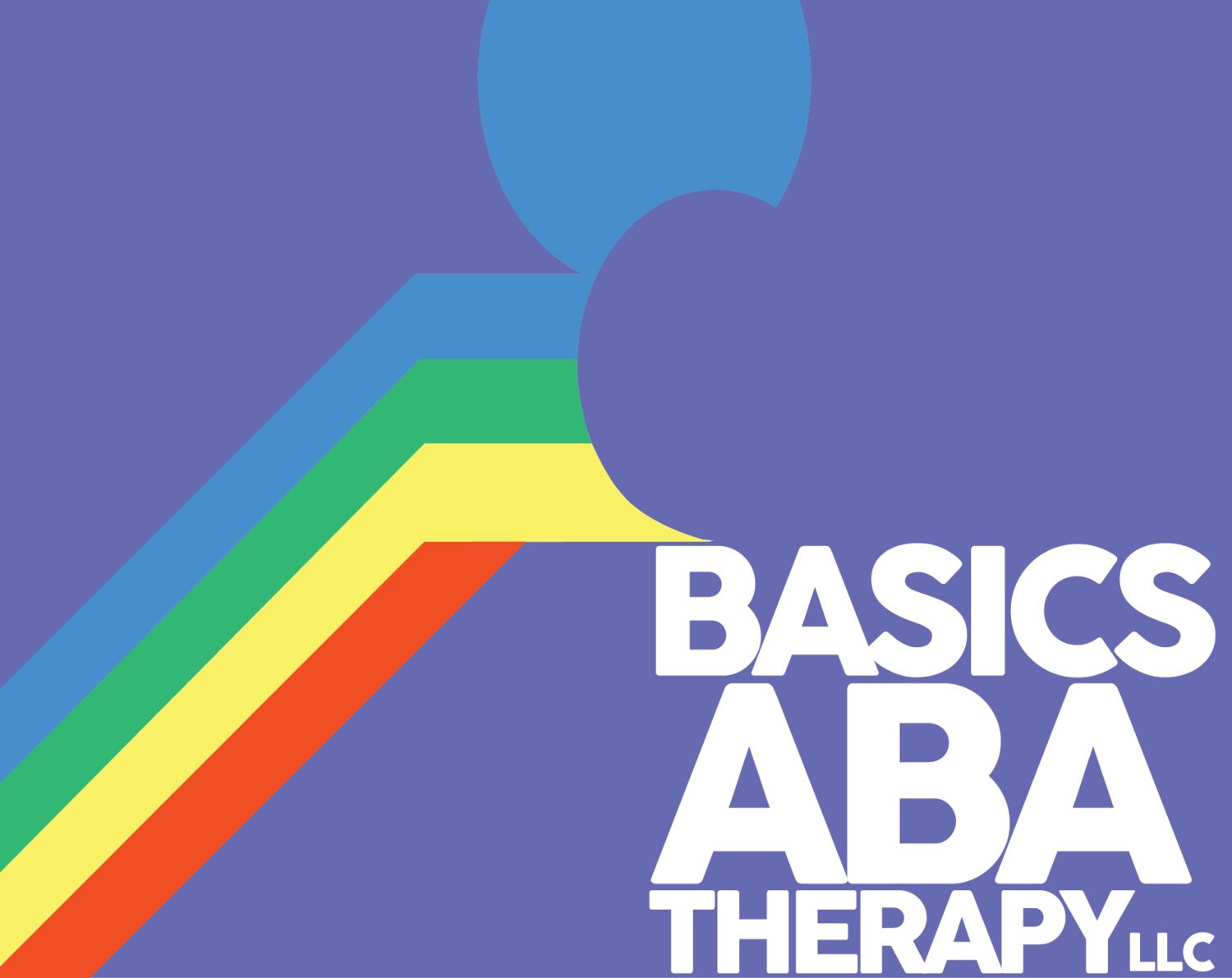By: Yetunde Oladunjoye
School can be a difficult challenge for anyone. From learning new topics to meeting new people, there's a lot to navigate. However, in the case of people with autism, this struggle can be especially demanding. With the ratio of autism diagnosed in young children estimated to be 3:1 in males vs. females, girls are disproportionately less likely to be diagnosed early enough to learn supportive skills to aid them in the academic environment¹.
Why is School Challenging for Girls with Autism?
School comes with many rites of passage, such as prolonged periods away from family, interacting with peers, learning completely new concepts or building on previous knowledge, and many more.
With the amount of time educators spend on the children in their classes, identifying challenges should be less difficult with their training. But reality shows a different story. A study looked at how well teachers could identify children that may benefit from an autism screening. The results revealed there was a bias towards males and reported autism appeared differently in females².
For the social aspect of school, girls were observed to prefer non-verbal communication to supplement their verbal communication. This was generally considered not an indication of autism according to teachers and was, unfortunately, hiding the girls’ difficulties because of stereotyped generalizations of how girls communicate³. A common technique used to navigate these conflicts is called masking.
Why Masking is Important to Understand
Masking is a social tactic where an individual mimics or imitates what they perceive to be as "normal" in social interactions. A good example of this is when people applaud after a performance. It is perceived as "normal" to clap after the end of a performance, regardless of one's enjoyment, since this is seen as respectful.
However, masking can be a stressful endeavor to do since peer imitation is constantly occurring in tandem with all of the other processes someone has to think about when engaging in social situations. It doesn't help when individuals can hide the true meaning of their words, adding a new complexity to the situation⁴.
Masking is used as a coping mechanism for many neurodivergent individuals to make their way through each day of new interactions. Add the complication of the school years being a time where all of your peers are finding their own style of communication simultaneously, and it can be incredibly frustrating.
What's next?
Autism in girls is a topic in need of more research and awareness. Not only does the general public need to learn more about this, but educators need to acquire more knowledge in how it uniquely presents in young girls to help reduce the heavy bias in identifying the condition in boys. Without adequate support from those who spend a majority of their time with these children (besides their parents), girls with autism unfortunately have to exert more effort to just get through their school days with how confusing it can be in such a transitional time. All things considered, it is a positive sign to see autism in girls gain more recognition as a topic to focus in both research and educational studies.
References
¹Loomes, R., Hull, L., & Mandy, W. (2017). What Is the Male-to-Female Ratio in Autism Spectrum Disorder? A Systematic Review and Meta-Analysis. Journal of the American Academy of Child and Adolescent Psychiatry, 56(6), 466–474. https://doi.org/10.1016/j.jaac.2017.03.013
²Whitlock, A., Fulton, K., Lai, M.-C., Pellicano, E. and Mandy, W. (2020), Recognition of Girls on the Autism Spectrum by Primary School Educators: An Experimental Study. Autism Research, 13: 1358-1372. https://doi.org/10.1002/aur.2316
³Rynkiewicz, A., Schuller, B., Marchi, E., Piana, S., Camurri, A., Lassalle, A., & Baron-Cohen, S. (2016). An investigation of the ‘female camouflage effect’in autism using a computerized ADOS-2 and a test of sex/gender differences. Molecular autism, 7(1), 1-8. https://doi.org/10.1186/s13229-016-0073-0
⁴Tierney, S., Burns, J., & Kilbey, E. (2016). Looking behind the mask: Social coping strategies of girls on the autistic spectrum. Research in Autism Spectrum Disorders, 23, 73-83. https://doi.org/10.1016/j.rasd.2015.11.013




